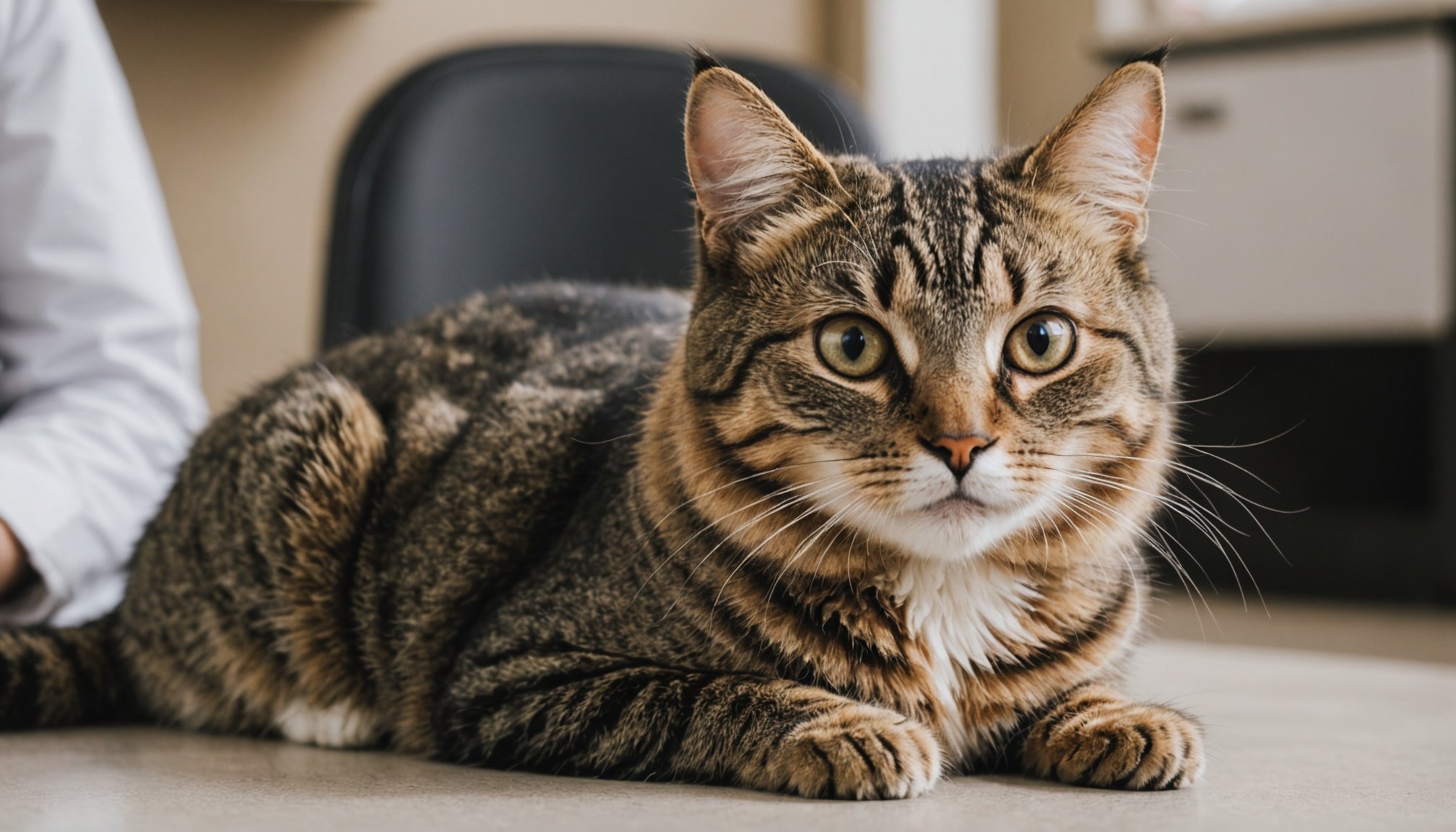Pre-Visit Preparation
Ensuring a smooth veterinary visit begins with effective veterinary preparation for cats. A crucial step is to familiarise your cat with the carrier well before the appointment. You can place treats or toys inside the carrier to encourage exploration and create a positive association. This approach reduces stress and anxiety for your pet.
Creating a calm environment before the visit is equally important. Minimise loud sounds and sudden movements at home as you prepare for the trip. Cats are sensitive to changes in their environment, and maintaining a tranquil atmosphere can help keep them at ease. Consider using pheromone sprays in the carrier to further promote relaxation.
Also to discover : Designing entertaining and productive indoor workout routines for your cat
When scheduling the appointment, select quieter hours to reduce the wait time and exposure to other animals. Early morning or mid-afternoon slots are typically less busy. This strategy not only minimises stress for your cat but also ensures personalized attention from the veterinary staff.
By implementing these strategies, you can significantly enhance your cat’s comfort and cooperation during vet visits, leading to a more positive experience for both you and your feline companion. Remember, preventative care starts with thorough preparation, easing potential challenges that may arise.
Topic to read : Vital strategies to enhance your cat”s diet and prevent urinary tract infections
Calming Techniques
When it comes to managing your furry friend’s anxiety, calming techniques for cats can be remarkably effective. One method involves pheromone products. These products, like diffusers or sprays, mimic natural cat pheromones. They create a soothing environment, which can significantly reduce stress and anxiety in cats.
Another useful strategy is introducing calming music or sounds specifically designed for pets. These gentle tunes work wonders by helping to mask unfamiliar noises and promoting a serene atmosphere. Cats have sensitive hearing, so soft, ambient music can provide a comforting background that alleviates nervousness.
Before you embark on ventures such as vet visits, it’s beneficial to engage in calming activities. Spend some quality time playing with your cat, or gently pet them to help create a positive, relaxing atmosphere. Pre-visit playtime not only soothes your cat but also tires them out a bit, making them more manageable during outings.
Incorporating these calming techniques for cats into your routine can transform their experiences and alleviate anxiety levels. By using pheromone products, playing calming music, and indulging in soothing activities, you’re ensuring a happier, more content feline companion. This holistic approach ensures that both you and your pet enjoy a more relaxed, stress-free life together.
Essential Items to Bring
Visiting the vet with a feline companion requires preparation beyond just the journey. Before you leave, ensure you have necessary documents and medical history ready. These include vaccination records and any pertinent health information that may help the veterinarian provide the best care. It’s crucial to have these on hand, as it eases the process and allows for a comprehensive health evaluation.
Packing comfort items can make the vet visit less stressful for your cat. Consider bringing familiar toys or blankets. Comfort items such as toys help in soothing anxiety and provide a sense of security amidst the new environment. A familiar scent can be your cat’s sanctuary in a potentially intimidating situation.
Ensuring your cat’s proper identification is vital. Double-check that your feline’s microchip information is up-to-date. This not only assists the clinic in managing records efficiently but is also beneficial in case of any emergencies. Proper identification, such as a sturdy collar with tags, adds an extra layer of precaution.
Managing these vet visit essentials for cats makes the process smoother for you and less daunting for your feline friend, leading to a more positive experience for everyone involved.
Handling Common Feline Behaviors
Understanding and managing feline behavior can often feel daunting, especially during vet visits. Cats may exhibit typical stress responses such as hissing, hiding, or excessive grooming. Recognising these signs early can help mitigate their anxiety. Addressing feline behavior management at the vet begins with understanding your pet’s stress signals.
To alleviate your cat’s fear during examinations, there are several strategies to consider. First, familiarise them with their carrier through positive associations like treats or toys. Once at the vet, ask for a quiet waiting area to reduce stimulation. Additionally, pheromone sprays can be used to create a calm environment inside the carrier.
Communicating with veterinary staff is crucial for effective feline behavior management. Share previous experiences and specific behaviors to anticipate and address your cat’s needs promptly. Veterinary staff can then tailor their approach, ensuring a smoother experience for both you and your feline companion.
In some cases, a veterinarian might recommend pre-visit medications to further reduce stress. Always discuss these options with your vet beforehand. Building a trusting relationship with your veterinary team ensures that they understand your cat’s unique responses, improving the overall experience and fostering better health outcomes.
Post-Visit Care
After a vet visit, ensuring proper aftercare for cats is essential to help them recover and stay comfortable. Begin by closely monitoring your cat’s behavior and health. Look for any signs of discomfort or unusual activity. If your cat appears lethargic or exhibits any unexpected symptoms, it may be necessary to consult your veterinarian.
Reinforcing positive behavior is another important aspect of aftercare. Softly speaking to and offering rewards like their favourite treats when they remain calm can alleviate stress and reinforce good behaviour. This practice can help your cat associate these experiences more positively.
Creating a serene recovery space at home is beneficial as well. Choose a quiet area away from noise and activity. Ensure it has their favourite blanket, toys, and easy access to food and water. This comforting environment can significantly aid their recovery process.
Providing attention to both behaviour and environment plays a key role in efficient aftercare for cats post-vet visit. By implementing these simple strategies, you not only enhance your cat’s physical recovery but also nurture their emotional well-being. It’s about understanding and acting on your cat’s needs while continuing to offer the love and support they deserve.











